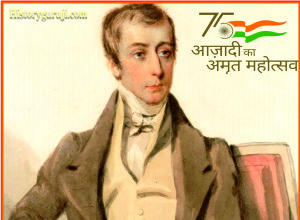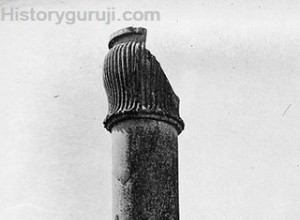Lord William Bentinck Lord Auckland (George Eden, Earl of Auckland) In 1836, the Governor General of India was appointed. He was sent to India with instructions to establish friendly relations with the buffer states located between India and Russia, so as to ensure the security of the British Empir


![[Seven Spears of Shizugatake] Warlords who were active under Toyotomi Hideyoshi! Battle of Sekigahara selection!](/article/uploadfiles/202207/2022072209273067_S.jpg)

